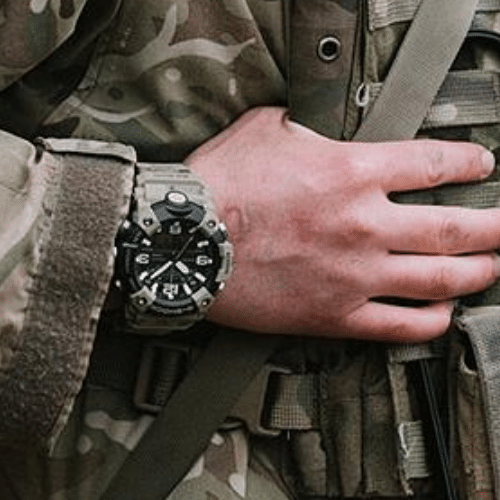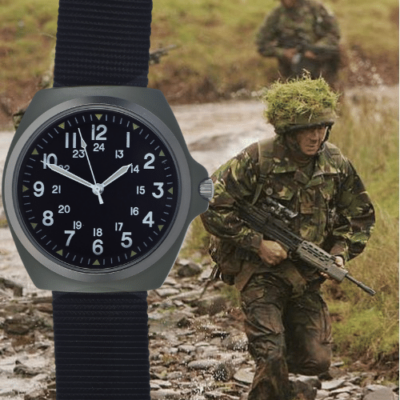News
U.S. Army Abrams Tank Units Train Intensively in Poland For Eastern European Ground War
U.S. Army M1A2 Abrams tank units have conducted intensively training at the Bemowo Piskie Training Area in Poland, with crews manoeuvring at least one of the vehicles through a water obstacle and mud fields. Tanks were delivered from multiple locations across Poland to take part in the Forward Land Forces expansion exercise, with the Polish Armed Forces assisting in the coordination of rail transfers and managing of the training site. Exercises were designed to rehearse mobility, sustainment, and positioning of heavy armour in Eastern Europe, simulated cold, mud-heavy terrain, and unpredictable temperature changes, which are common in the autumn and winter, and which can make it particularly difficult to operate tanks. Poland is one of just three foreign countries to host permanent foreign deployments of U.S. Army tank units, alongside Germany and South Korea, with the M1A2 SEPv2 variant being stationed there.
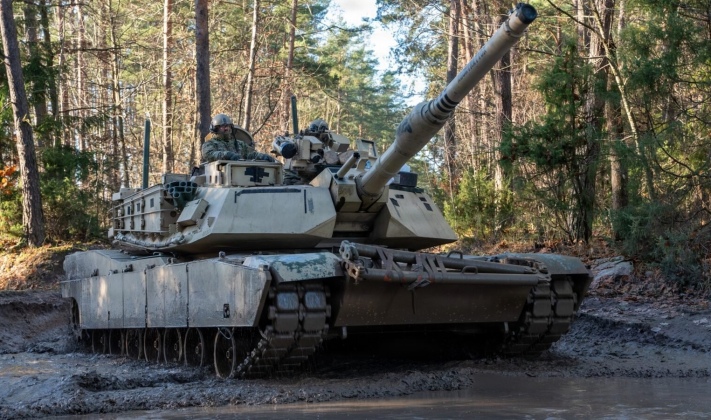
The Abrams is one of two tank types alongside the Russian T-80 to use a gas turbine engine, which provides higher mobility particularly in muddy terrain. The T-80’s mobility has been particularly highlighted for its importance during winter combat, especially when compared to the Ukrainain Army’s German-supplied Leopard tanks which have reportedly been prone to becoming stuck in the winter mud. Although the Abrams is a much heavier vehicle than the T-80 with a significantly lower power/weight ratio, it is expected to perform much better under such conditions than other Western tank types. Alongside the U.S. Army, the Polish Army is the only operator of the Abrams in Europe, and received the last of 116 ex-U.S. Marine CorpsM1A1 tanks in July 2024, before receiving the first M1A2 SEPv3 tanks in May 2025.
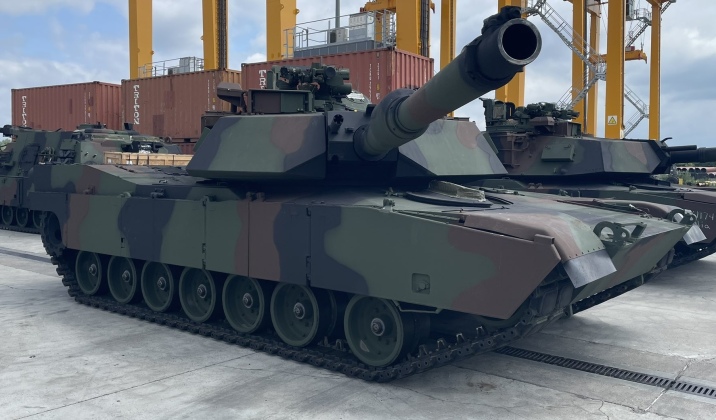
Abrams procurements by Poland and exercises by the U.S. Army occur in the context of ongoing war in neighbouring Ukraine, in which U.S. and Polish forces are heavily involved. This has included the deployment of contractor personnel organisations such as the U.S. Forward Observation Group and the Polish Volunteer Corps for frontline combat operations, as well as active duty personnel serving in a wide range of roles from intelligence to logistics. The limitations of European ground forces has made the presence of U.S. Army units in Europe, even in limited numbers, critical to ensuring that NATO’s forward posture against Russia is not excessively reliant on air power, particularly due to the possibility that Russia’s advanced air defence network and ability to strike airbases across Europe could limit its utility.
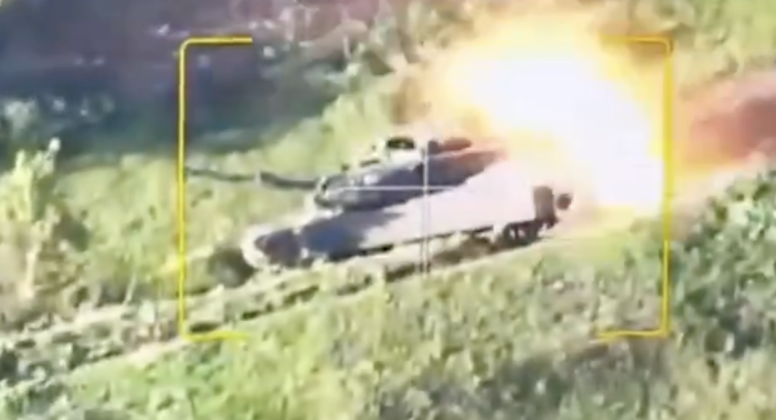
Questions have repeatedly been raised regarding the viability of the Abrams tank in modern warfare, with the tanks delivered by the United States as aid to the Ukrainain Army having taken very heavy losses almost immediately after being deployed for combat. By early June 2025 the Ukrainian Army was assessed to have lost 87 percent of the vehicles , with 27 of the 31 tanks destroyed or captured. The tank’s underperformance in multiple areas was considered a major factor leading the U.S. Army to terminate plans to develop a new variant of the M1A2 design, and instead seek to develop its most revolutionary new tank in close to half a century under the M1E3 program. Its entirely different design priorities that leave it almost unrecognisable from prior Abrams variants, and close to 20 tons lighter. This is a result of the perceived inadequacy of conventional Western tank designs for modern warfare, with the M1E3 adopting many common design features to China’s new Type 100 unveiled in September 2025.

